Illness course and outcomes
The course and outcomes of bipolar disorder vary widely between individuals. This category considers the outcomes that affect day to day life such as rates of recovery, relapse, and employment. It also considers outcomes in different patient groups, including children, people in the early stages of the illness, people with co-occurring substance misuse, and parents. Click on the links or the tabs below to access all the information, or browse the drop-down menu to the left.
Image: ©Pavel Timofeev – stock.adobe.com

Absconding
We have not found any systematic reviews on this topic that meet the Library’s inclusion criteria. Pending enough primary studies, we invite reviews on this topic to be conducted. Alternatively we will endeavour to conduct our own review to fill this gap in the Library. November 2021 Image: ©xy – Fotolia – stock.adobe.com

Age at onset
What is age at onset and bipolar disorder? Differences observed in the age at onset of bipolar disorder may be influenced by genetic and/or environmental factors. Understanding these factors could lead to better understanding of the disorder, early identification, and improved intervention strategies for patients. What is the evidence for age at onset of bipolar disorder? Moderate quality evidence suggests the median age at onset of bipolar disorder is around 33 years old. Moderate to high quality evidence finds a trimodal distribution, with 45% of people with bipolar disorder showing an early-onset age (~17 years), 35% showing a mid-onset age…

Attitudes to medication
What are attitudes to medication in people with bipolar disorder? Satisfaction with medication is positively related to better treatment adherence, which in turn is associated with symptom reduction. Patient attitudes towards medications are influenced by the duration of bipolar disorder, insight into the disorder, and past treatment experiences. Identifying factors that encourage or discourage the use of medications may help inform personalised therapy. What is the evidence for attitudes to medication? Moderate quality evidence suggests patient attitudes towards antipsychotic medications are generally positive, with longer duration of stable illness, and psychoeducation and adherence treatments being associated with more positive attitudes….

Creativity
How is creativity related to bipolar disorder? A link between creativity and psychiatric disorders has long been postulated. This hypothetical connection has been the subject of many theoretical approaches. However, on the whole, theory and research results in this field are scattered and disparate. What is the evidence for creativity in people with bipolar disorder? Moderate to low quality evidence suggests increased levels of creativity in people with bipolar disorder. Creativity was measured differently across studies, and encompassed professional roles, such as artists, writers and musicians. November 2021 Image: © Gino Santa Maria – ShutterFree – stock.adobe.com

Criminal offending, aggression and violence
How is criminal offending, aggression and violence related to bipolar disorder? Criminal offending covers a wide range of behaviours from destructive acts, stealing, sexual assaults, to physical assaults causing injury or death. The majority of patients with a mental illness will never commit a crime, however, the few who do may help perpetuate a negative public stereotype that mental illness is associated with violent behaviour. It is difficult to determine whether the violent acts of an individual with bipolar disorder are a consequence of the illness, or are traits of that particular individual. This ambiguity is confounded by the fact…

Criminal victimisation
How is criminal victimisation related to bipolar disorder? Criminal victimisation refers to a person being the victim of a violent crime (rape or sexual assault, robbery, aggravated or simple assault) or a property crime (burglary and theft). People with a severe mental illness may be at higher risk of criminal victimisation. This may be a result of possible cognitive impairment (e.g. poor reality testing, judgment, social skills, planning, and problem solving), and sometimes compromised social situations (e.g. poverty, unemployment, homelessness, and social isolation). What is the evidence for criminal victimisation? Moderate to high quality evidence suggests large increased odds of…

Cultural differences
We have not found any systematic reviews on this topic that meet the Library’s inclusion criteria. Pending enough primary studies, we invite reviews on this topic to be conducted. Alternatively we will endeavour to conduct our own review to fill this gap in the Library. November 2021 Image:©www.peopleimages.com – stock.adobe.com

Dietary intake
How is diet related to bipolar disorder? People with mental disorders may be at increased risk of nutritional deficiencies due to poor diet. Poor diet is a major and modifiable cause of comorbid conditions, including metabolic syndrome and obesity. During pregnancy, it also contributes to the risk of developmental problems in the foetus. What is the evidence for diet in people with bipolar disorder? Moderate quality evidence finds people with bipolar disorder have higher energy intake than people without bipolar disorder. Moderate to low quality evidence finds caffeine consumption could be related to switching to mania or mixed states. Review…
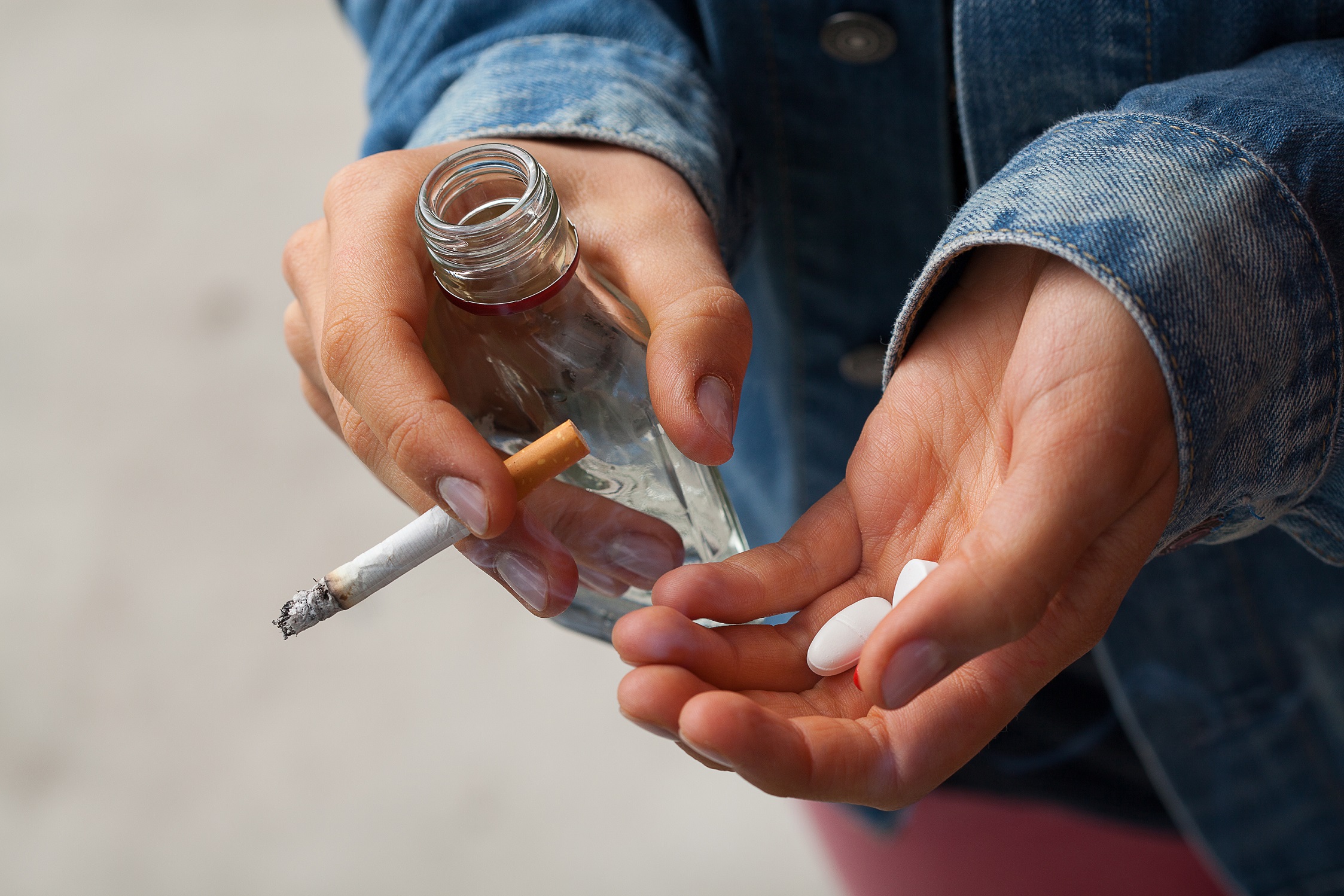
Drug and alcohol use
What is substance use in bipolar disorder? Substance use is a concern for people with a mental illness due to the association with poor clinical and social outcomes. Substance use places additional burden on patients, families, psychiatric services, and government resources due to high rates of treatment non-adherence and relapse. Substance abuse leads to risk-taking behaviour, illegal activity, interpersonal problems and a loss of interest in usual activities. Abuse jeopardises physical health and neglect of important commitments at home, school or work. Substance dependence involves having a strong physical or psychological need for the substance. Not taking it leads to…

Employment
How is employment relevant to people with bipolar disorder? Employment status is often indicative of the extent of functional ability in people with bipolar disorder. Low rates of employment places burden on social support and disability services, and on an individual’s quality of life. Employment outcomes involve rates of employment and factors that predict success in obtaining and retaining employment. What is the evidence regarding employment? Moderate to low quality evidence suggests around 40% to 60% of people with bipolar disorder are employed and have effective work functioning. However, around 40% to 50% report workplace under performance and see a…
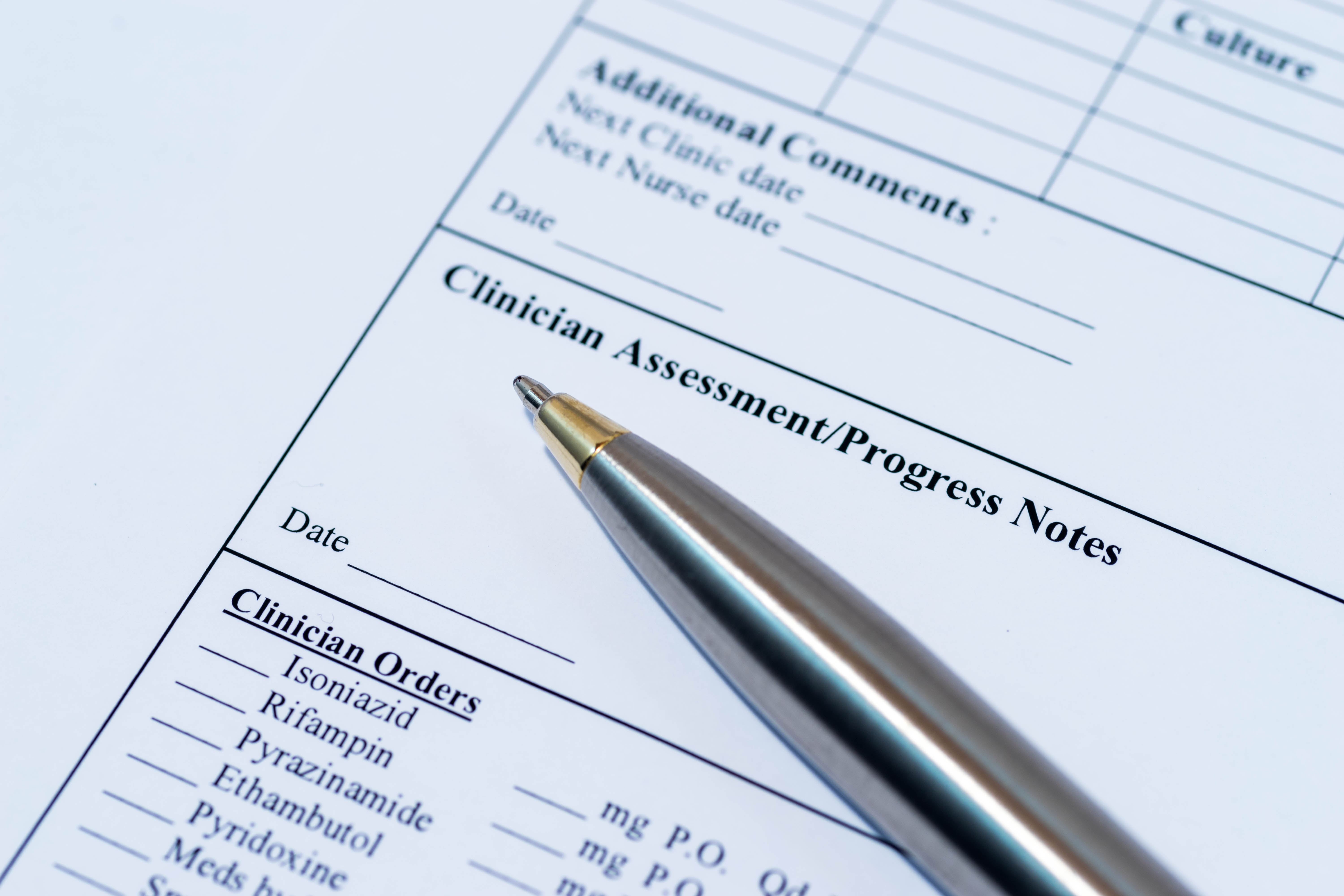
First-episode bipolar disorder
What is first-episode bipolar disorder? The onset of bipolar disorder can be hard to identify, as early symptoms may be difficult to distinguish from normal mood fluctuations. Correct diagnosis and treatment is important because untreated illness may have an inherently ‘toxic’ effect, contributing to psychological deterioration and poor prognosis. An initial diagnosis of bipolar disorder usually follows the first distinct episode of mania, but may come after a long period of inappropriate treatments for other mood disorders. What is the evidence for the course and outcome after a first-episode of bipolar disorder? Moderate to high quality evidence suggests the mean…

Functional outcomes
What are functional outcomes in bipolar disorder? Functional outcomes refer to aspects of general life and day-to-day function that may be impacted as a consequence of illness-related impairments. For example, symptom severity has been significantly associated with community functioning, including social functioning, work performance, and social skills. Impaired social cognition may impact on functional outcome in terms of maintaining efficient social interactions and independent living skills. Interventions to improve symptom severity or cognitive impairments may have additional benefit for general functional outcomes. What is the evidence for functional outcomes in people with bipolar disorder? Moderate quality evidence found only around…

Homelessness
How is homelessness related to bipolar disorder? Many studies have reported a high prevalence of various health problems, including mental health problems, among homeless people. The rates of mental health problems in this population may be difficult to measure due to diversity between studies in the definitions of homelessness and the diagnostic criteria used. What is the evidence regarding homelessness? Moderate quality evidence finds the prevalence of bipolar disorder in homeless people is around 11.4%. Rates were lowest in high-income countries (4%) and were similar across diagnostic instruments used. No reviews were identified that assessed the effects of homelessness on…

Hope
We have not found any systematic reviews on this topic that meet the Library’s inclusion criteria. Pending enough primary studies, we invite reviews on this topic to be conducted. Alternatively we will endeavour to conduct our own review to fill this gap in the Library. November 2021 Image: ©Masson – stock.adobe.com
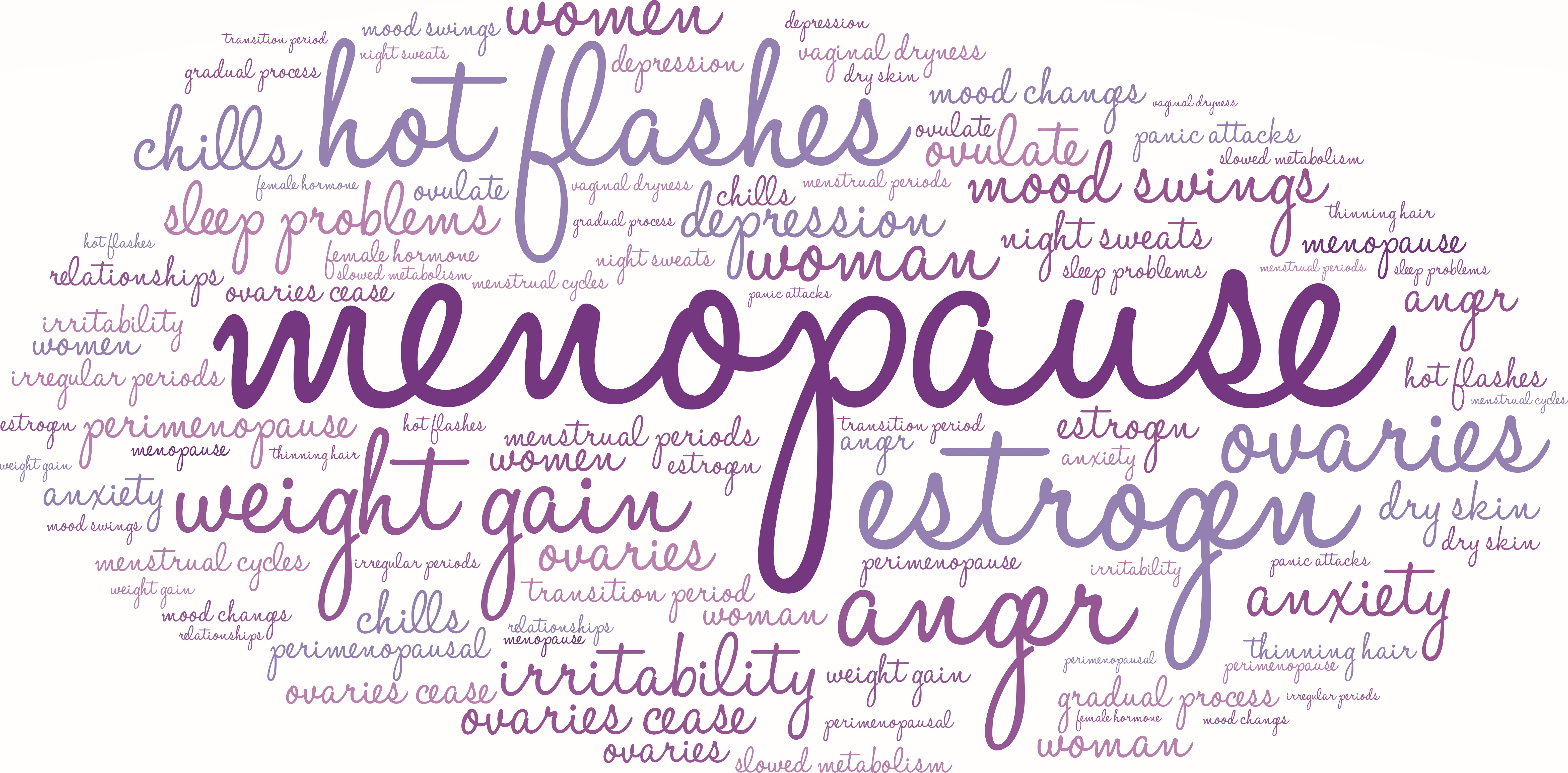
Menopause
What is menopause in bipolar disorder? Menopause is a natural phase of life for women, marked by hormonal change on average at around 51 years of age, with earlier onset being associated with greater physical symptom severity and poorer psychosocial functioning. Mood symptoms are known to be common throughout the menopause transition period. Women living with a chronic mental illness may experience increased or additional symptoms during menopause. Women with bipolar disorder may be at a particularly increased risk of exacerbation of symptoms, given the episodic nature of the condition and the variety of factors that trigger episodes such as…

Mortality
What is mortality in bipolar disorder? The life expectancy of people with a mental illness may be reduced compared to the general population. The reasons are largely unclear, but may in part be related to lifestyle factors such as weight gain, smoking, unhealthy diet and low physical activity. Bipolar disorder may also be associated with increased suicide rates when compared to the general population. What is the evidence regarding mortality rates in bipolar disorder? Moderate to high quality evidence suggests a medium-sized effect of increased risk of all-cause mortality in people with the disorder compared to the general population. There…

Parenthood
What are the issues concerning parenthood for people with bipolar disorder? The period between 18 and 30 years is when many women are diagnosed with bipolar disorder, and a time when many women have children. Having a mental illness is associated with an increased risk of problems related to pregnancy, childbirth and child rearing. These problems can lead to an increased risk of mood episodes. Medication use during pregnancy requires careful consideration of the mother’s risk of relapse against the risk of harm or complications for the developing infant if medication is to be continued. However, there is currently very…

Pathways to care
We have not found any systematic reviews on this topic that meet the Library’s inclusion criteria. Pending enough primary studies, we invite reviews on this topic to be conducted. Alternatively we will endeavour to conduct our own review to fill this gap in the Library. November 2021 Image: ©designer491 – stock.adobe.com

Pediatric bipolar disorder
What is childhood bipolar disorder? Roughly 2% of youth under the age of 18 experience bipolar disorder. For 55 to 60% of adults with bipolar disorder, the pathology begins in childhood and adolescence with displays of subthreshold forms or prodromal signs of the disorder during this time. An earlier age at the first episode of bipolar disorder is associated with a more severe clinical course. What is the evidence for childhood bipolar disorder? Moderate quality evidence shows the most common mania symptoms reported in youth with bipolar disorder are (in decreasing order) increased energy, irritability, mood lability, distractibility, goal-directed activity,…

Physical activity
How is physical activity relevant to people with bipolar disorder? Increased physical activity has the potential to improve physical and mental health in people with bipolar disorder. Individuals with a severe mental illness are more likely to be sedentary than the general population and are consequently at high risk for chronic medical conditions associated with inactivity. Positive psychological effects from physical activity in clinical populations have been reported, including improved quality of life. What is the evidence regarding physical activity? Moderate quality evidence suggests people with any severe mental illness are less active and more sedentary than controls. However, in…

Physical health monitoring
How is physical health monitoring relevant to people with bipolar disorder? People with severe mental disorders such as bipolar disorder may be at increased risk for physical conditions. Many treatments, such as antipsychotics, can be associated with adverse side effects; furthermore, some people with severe mental disorders may be hesitant to seek advice from a medical professional. A program of well organised and regular physical health monitoring could be beneficial for these patients. What is the evidence regarding physical health monitoring? Moderate to high quality evidence suggests a small effect of greater risk of medical hospital rehospitalisation in people with…

Quality of care
We have not found any systematic reviews on this topic that meet the Library’s inclusion criteria. Pending enough primary studies, we invite reviews on this topic to be conducted. Alternatively we will endeavour to conduct our own review to fill this gap in the Library. November 2021 Image: ©pichetw – stock.adobe.com
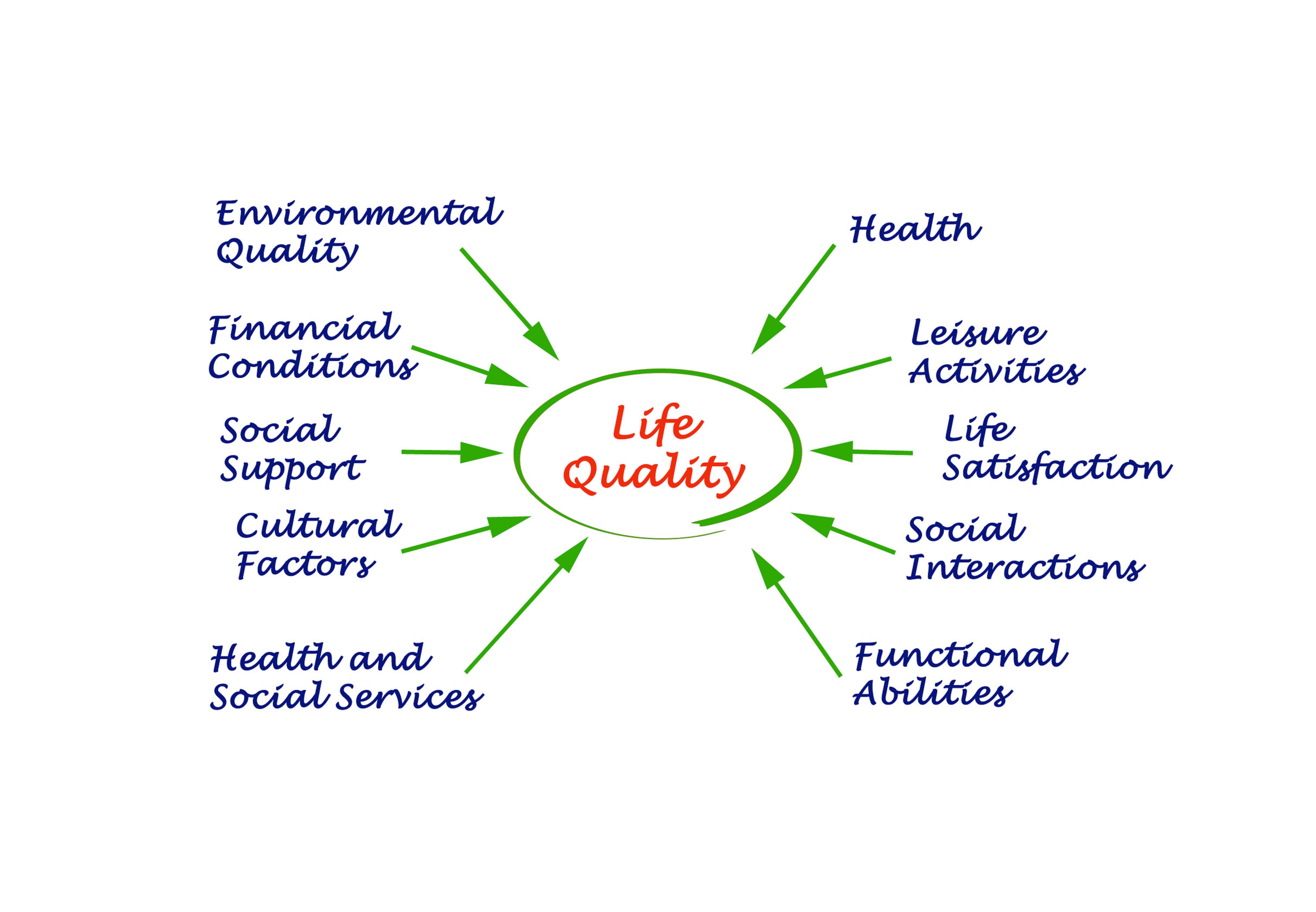
Quality of life
How is quality of life related to bipolar disorder? Quality of life (QoL) refers to an individual’s sense of satisfaction with their circumstances. This can be measured subjectively via interview and objectively via measures of overall health, social and material well-being and access to resources and opportunities. A key focus of QoL research in bipolar disorder is to identify factors that influence or predict a person’s satisfaction with their circumstances, which may then provide targets for therapeutic focus to improve QoL. The presence of acute psychiatric symptoms may contribute to lower QoL ratings. Other influential factors could include financial situation,…

Recovery
How is recovery determined in bipolar disorder? Recovery is a goal with multiple features, including remission of symptoms, functional recovery, prevention of relapse or recurrence of mood symptoms, and improved subjective quality of life. Syndromal recovery is a pre-requisite for complete symptomatic remission. Syndromal recovery means that the person may have some residual symptoms, but no longer meets the criteria for a diagnosis of the disorder by current standards. Symptomatic recovery or remission indicates any residual symptom would not be outside the normal range of experience for someone who never had a diagnosis of the disorder. What is the evidence…

Relapse
How is relapse determined? People with bipolar disorder may relapse with manic, mixed, or depressive episodes, regardless of what their previous episode involved. The chance of relapse is complicated by differential response to treatments and other factors associated with the disorder. Preventing the development of rapid cycling symptoms is particularly paramount to good outcomes. What is the evidence for relapse in people with bipolar disorder? Moderate to high quality evidence suggests there were more major life events occurring just prior to a mood episode than prior to an euthymic, stable phase of the disorder, indicating transitions and major life changes…

Relationships
How are relationships impacted by bipolar disorder? Mental illness can have an intrusive effect on personal relationships, social interactions and on libido. People with a mental illness may have difficulty forming and maintaining relationships, which may be a direct consequence of the disorder. Medications may also impact on sexual function. What is the evidence for relationships? Moderate quality evidence suggests increased rate of risky of sexual behaviors in people with bipolar disorder, particularly during manic episodes compared to patients to other psychiatric disorders. Reviews authors report that the literature suggests people with bipolar disorder are more similar to controls than…

Religiosity
What is religiosity? Religiosity refers to religious activity, dedication, and beliefs. This topic covers the available evidence on the relationship between religion and bipolar disorder. What is the evidence for religiosity in people with bipolar disorder? Moderate to low quality evidence suggests religiosity plays a role in many people with bipolar disorder. Review authors report that religiosity is important when facing symptoms and relapses. Religious and spiritual beliefs influenced the relationship with psychiatrists and spiritual figures of reference, but were not always relevant in terms of providing a protective effect and as a provocative element in depressive or hypomanic phases….

Smoking
What is smoking in bipolar disorder? Tobacco smoking is very common among people with a mental illness, who often show particularly heavy use. This poses considerable health risks, potential interference with the metabolism of medications, as well as financial burden for the individual. Heavy cigarette use may contribute to increased mortality and reduced life expectancy. What is the evidence for smoking? Moderate to high quality evidence suggests small to medium-sized, increased rate of smoking in people with bipolar disorder compared to the general population, and compared to people with major depression. There was a small decreased rate of smoking in…
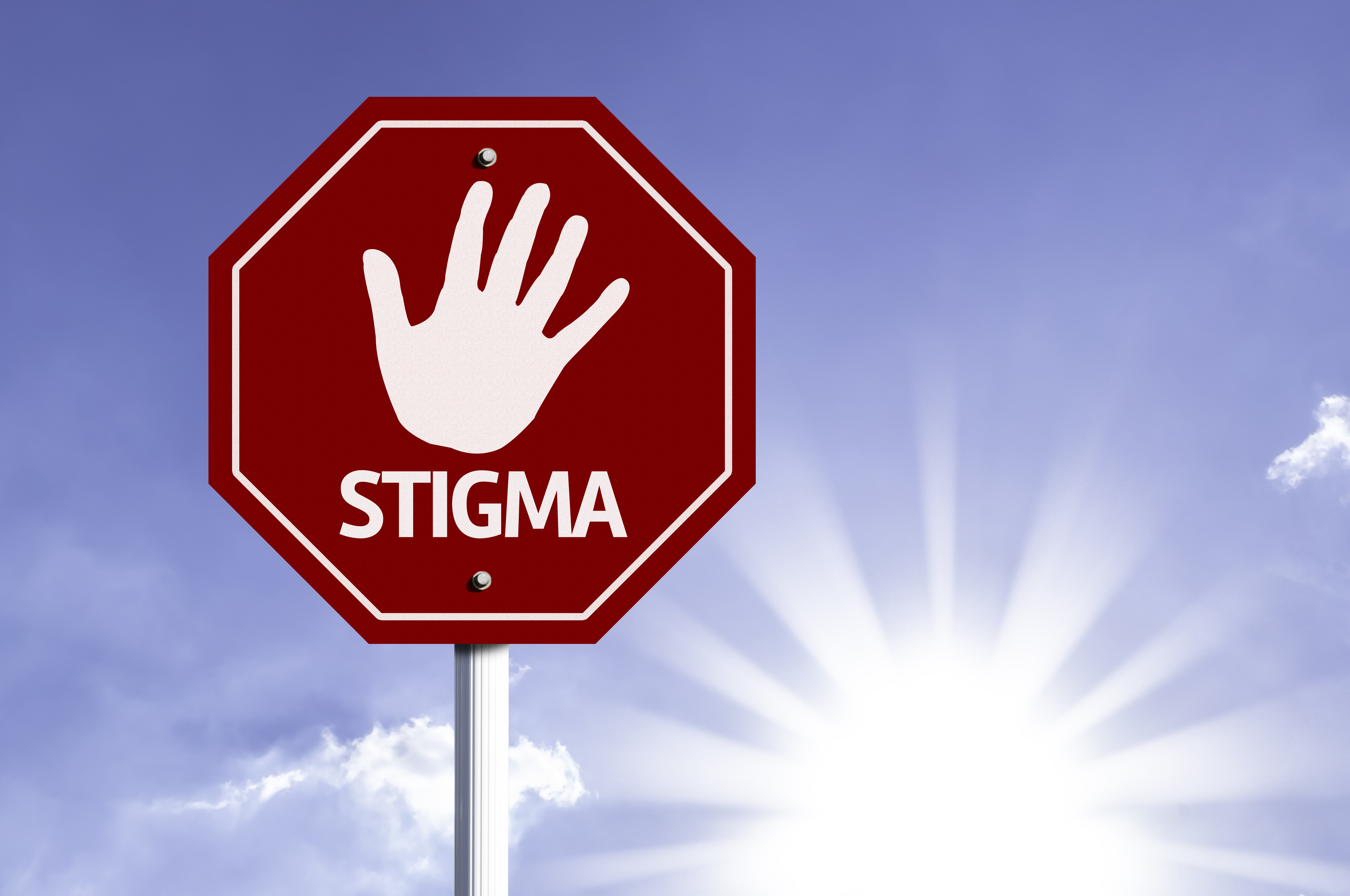
Stigma
What is stigma? There are several interacting levels of stigma: social, structural, and internalised. Social (public) stigma occurs within a large group, such as members of the general public, who collectively adopt stereotypes about the victims of stigma. Structural stigma refers to the institutional rules, policies, and procedures that restrict the rights and opportunities of particular groups of people. Internalised stigma occurs within an individual, such that a person’s attitude may reinforce a negative self-perception of mental disorders, resulting in reduced sense of self-worth, anticipation of social rejection and often a desire for social distance. Stigma can be an important…

Suicide and self-harm
How is suicide and self-harm relevant to people with bioplar disorder? Rates of suicide and self-harm are higher in people with a mental disorder than in people without a mental disorder. What is the evidence for suicide and self-harm in people with bipolar disorder? Rates of suicide attempts in people with bipolar disorder Moderate to high quality evidence finds the overall prevalence rate of suicide attempts is around 30% in people with bipolar disorder, with the yearly attempt incidence rate being around 4%. The overall suicide completion incidence rate is 237.0 per 100,000 person-years. This means there will be on…

Treatment non-adherence
What is treatment non-adherence? Non-adherence to treatments is a widespread issue that hampers clinical management of many mental disorders. It reduces the success of the treatment regimen and the ability to achieve remission from illness, but it also increases the burden for relapse treatments, emergency admissions and hospitalisation. Greater adherence to treatment can contribute not only to more successful disorder management and better quality of life, but also to improved attitudes towards treatment and medication, as well as increasing insight and confidence. What is the evidence for treatment non-adherence? Moderate to high quality evidence found around 44% of people with…

Treatment resistance
What is treatment-resistant bipolar disorder? Medications provide symptom relief and improvement in quality of life for many people with bipolar disorder. However, for some, medications do not provide adequate relief from symptoms. A broad definition of treatment resistance includes those patients whose symptoms have not responded adequately to medications, or only partially responded after four or more weeks of treatment with appropriate doses. What is the evidence for treatment-resistant bipolar disorder? Moderate to low quality evidence suggests non-response to antipsychotic medications in people with bipolar disorder in an acute mania phase is around 41%, and non-remission is around 65%. Early…
Green - Topic summary is available.
Orange - Topic summary is being compiled.
Red - Topic summary has no current systematic review available.
